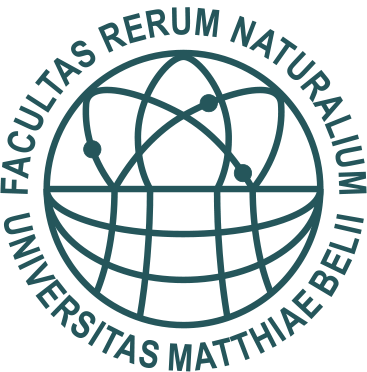NON-PHOTOSYNTHETIC EUGLENA LONGA...
NON-PHOTOSYNTHETIC EUGLENA LONGA REQUIRES AN INTACT PLASTID GENOME FOR THE SURVIVAL IN CONTRAST TO PHOTOSYNTHETIC EUGLENA GRACILIS
Alexandra LUKÁČOVÁ1, Matej VESTEG1
1Department of Biology and Ecology, Faculty of Natural Sciences, Matej Bel University, Tajovského 40, SK-974 01 Banská Bystrica; alexandra.lukacova@umb.sk; matej.vesteg@umb.sk
Abstract
This report is a short summary of the original article by HADARIOVÁ et al. (2017) entitled “An intact plastid genome is essential for the survival of colorless Euglena longa but not Euglena gracilis”. Wild type strains of the flagellate E. gracilis possess three-membrane-bounded photosynthetic chloroplasts of secondary green algal origin. E. longa is its close relative possessing non-photosynthetic plastids with a plastid genome. The treatment of E. gracilis with antibacterial drugs such as ofloxacin or streptomycin leads to permanent plastid gene loss and bleaching of this flagellate without affecting its growth and viability. In contrast, the treatment of E. longa with ofloxacin or streptomycin, which is also accompanied by the loss of plastid genes, kills this non-photosynthetic flagellate. These results suggest that an intact plastid genome is obligatory for the survival of E. longa but not E. gracilis. A molecular mechanism of an “intermittent bleaching” was proposed for an explanation for the plastid genome reduction in E. longa.
Keywords: Euglena gracilis, Euglena longa, bleaching, antibacterial drugs, plastid genome reduction
